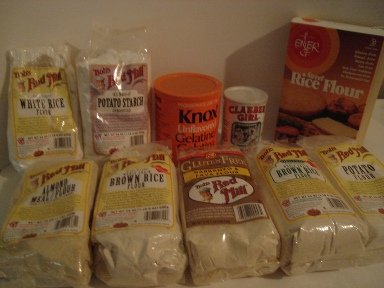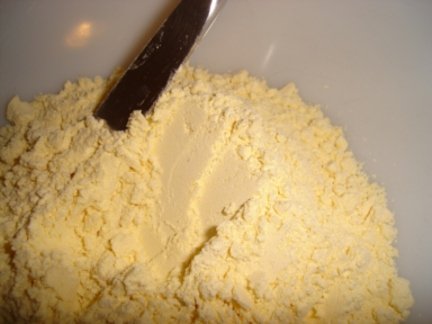|
Gluten Free Flour For Gluten Free BakingWhen shopping for gluten free flour you need to look for those that come from a dedicated gluten free facility. The reason that it is so important with flours is because of the way that grains are processed. If you buy flours made in a regular facility, those gluten free grains will have a very high chance of being cross contaminated. The same equipment may be used to plant and harvest both grains. Wheat could be growing in the same field and be harvested along with the other grain. The mill storage area may have contained wheat or barley before. The processing equipment in a shared facility is unlikely to be free of gluten. Because of so many shared facilities, it is likely to be everywhere. For this reason, it is much more hazardous than a shared line in a packaging facility for other products that can be cleaned between batches. That is why only certified gluten free oats should be consumed by those with gluten sensitivity. There are a number of flours that can be used to substitute for wheat in baking and cooking on the gluten free diet. Many parts of the world use very little wheat. They are not as common as wheat though, and finding them can be a little difficult. The biggest challenge in substituting these flours for wheat in a recipe is that they behave very differently than wheat flour. No one type will have the exact same properties of stretch, rise, and binding that wheat has. Most mixes used in gluten free baking are combinations of flour and starches. Even then, usually a binder like Xanthan Gum or Guar Gum, or even gelatin is necessary to keep it from falling apart.
Rice is probably the most common and easiest to find.
Some grocery stores are beginning to make a gluten free section, and these are the brands that they most often carry. Fry's/Kroger/Meyers carry them in some of their stores. If you can't find it anywhere else, you might want to order it online and have it shipped to you.
The flours you use will depend on the recipe you wish to make. You will need to follow a gluten free recipe to make things until you are familiar with the properties of the different types of flours and starches, and how various combinations interact. There are some recipes that focus on the more common varieties, and others that rely more heavily on bean and sorghum blends or the more exotic types, as they have higher nutrition.
The starches and binders are: Tapioca starch and flour are the same thing. Potato starch is white and fine like corn starch, potato flour is darker and grainy looking. Below, Corn Flour, available at the Asian market and also made by Bob's Red Mill.
Note: There is still a risk of cross contamination with these flours. Laxmi does also produce wheat flour, but not very often. If you want to be sure of 100% gluten free flour you will need to buy those from dedicated gluten free facilities like Bob's Red Mill. They usually have rice, corn, black lentil, other beans, and the Jowar brand sorghum flour too.
from Gluten Free Flour back to Gluten Free Diet Help Home Page
|







